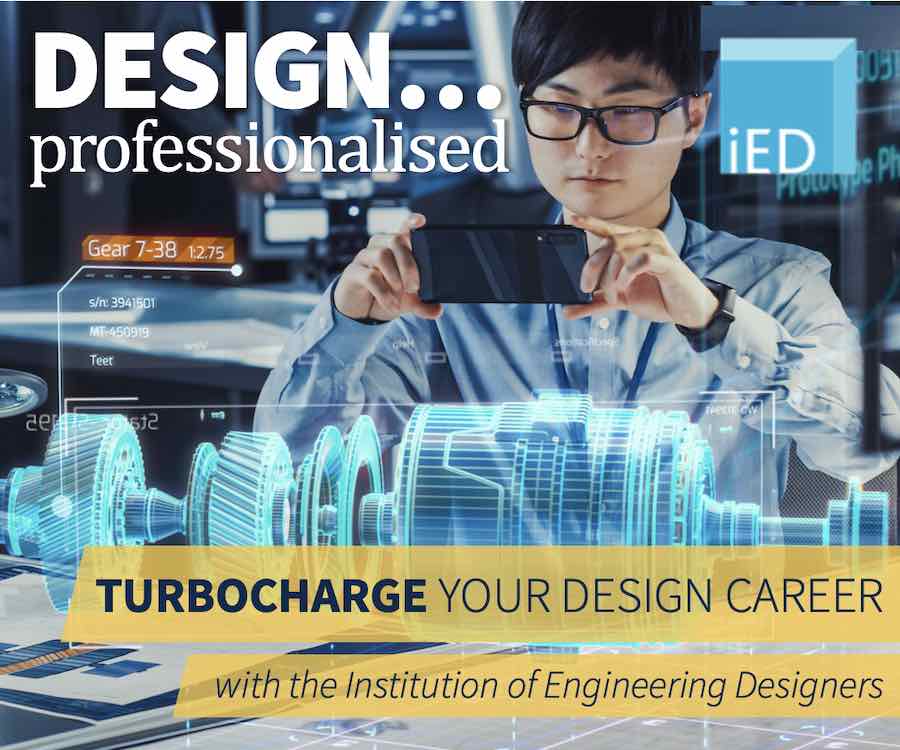
Researchers from New Jersey Institute of Technology (NJIT) have used artificial intelligence to tackle a critical problem facing the future of energy storage: finding affordable, sustainable alternatives to lithium-ion batteries.
The NJIT team, led by Professor Dibakar Datta, successfully applied generative AI techniques to rapidly discover new porous materials capable of revolutionising multivalent-ion batteries. These batteries, using abundant elements such as magnesium, calcium, aluminium and zinc, offer a promising, cost-effective alternative to lithium-ion batteries, which face global supply challenges and sustainability issues.
Unlike traditional lithium-ion batteries, which rely on lithium ions that carry just a single positive charge, multivalent-ion batteries use elements whose ions carry two or even three positive charges. This means multivalent-ion batteries can potentially store significantly more energy, making them highly attractive for future energy-storage solutions.
However, the larger size and greater electrical charge of multivalent ions make them challenging to accommodate efficiently in battery materials – an obstacle that the NJIT team’s new AI-driven research directly addresses.
‘One of the biggest hurdles wasn’t a lack of promising battery chemistries – it was the sheer impossibility of testing millions of material combinations,’ Datta said. ‘We turned to generative AI as a fast, systematic way to sift through that vast landscape and spot the few structures that could truly make multivalent batteries practical.
‘This approach allows us to quickly explore thousands of potential candidates, dramatically speeding up the search for more efficient and sustainable alternatives to lithium-ion technology.’
To overcome these hurdles, the NJIT team developed a novel dual-AI approach: a crystal diffusion variational autoencoder (CDVAE) and a finely tuned large language model (LLM). Together, these AI tools rapidly explored thousands of new crystal structures, something previously impossible using traditional laboratory experiments.
The CDVAE model was trained on vast datasets of known crystal structures, enabling it to propose completely novel materials with diverse structural possibilities. Meanwhile, the LLM was tuned to zero in on materials closest to thermodynamic stability, crucial for practical synthesis.
‘Our AI tools dramatically accelerated the discovery process, which uncovered five entirely new porous transition metal oxide structures that show remarkable promise,’ said Datta. ‘These materials have large, open channels ideal for moving these bulky multivalent ions quickly and safely, a critical breakthrough for next-generation batteries.’
The team validated their AI-generated structures using quantum mechanical simulations and stability tests, confirming that the materials could indeed be synthesised experimentally and hold great potential for real-world applications.
Datta emphasised the broader implications of their AI-driven approach: ‘This is more than just discovering new battery materials – it’s about establishing a rapid, scalable method to explore any advanced materials, from electronics to clean energy solutions, without extensive trial and error.’
With these encouraging results, Datta and his colleagues plan to collaborate with experimental labs to synthesise and test their AI-designed materials, pushing the boundaries further towards commercially viable multivalent-ion batteries.
The research has been published in Cell Reports Physical Science.


